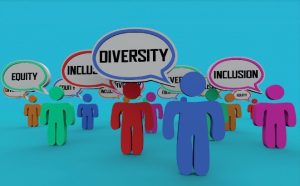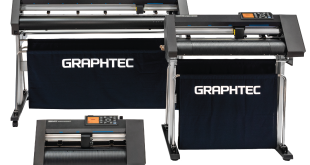 In this article, Deborah Gobey, head of marketing at Mi Hub, explains the benefits of a uniform and how this enhances equal opportunities among employees.
In this article, Deborah Gobey, head of marketing at Mi Hub, explains the benefits of a uniform and how this enhances equal opportunities among employees.
Work uniforms can unite a cohort of people, break down barriers to entry, and instil a sense of safety and belonging in the people who wear them. And within the HR space, in particular, there is an awareness that uniform serves as a tool not only to boost employee engagement but to also create a workplace with equal opportunities.
Why do we need workwear?
Each year, millions of individuals go to work ‘in uniform’, whether that is a branded ensemble or a corporate suit — with research showing that 67% of the population has worn a uniform to work.
Work dress codes may vary, but the reason for wearing them remains ubiquitious throughout the workplace. It ensures safety of the work, provides a brand or corporate identity, and boosts employee engagement. But, perhaps one of the most prevalent reasons, particularly in 2023, is that it has the power to mitigate discrimination, pressure and bias in the workplace.
Breaking down barriers to entry
Workwear has the power to create a level playing field for everyone within the workplace — and we can liken this to the way that uniform does in schools. Research by Trutex states that at schools ‘uniform removes the pressure on children to wear the latest fashions or designer labels, and can reduce perceived inequalities between students from different socio-economic or family backgrounds’. The research shows that 95% of teachers and 70% of children believed that wearing a uniform helps students to ‘fit in’; while 35% of students even went as far as saying that ‘wearing a uniform makes school a happier place to be’.
And, the same can be said when entering the workplace. Uniform provides an opportunity for everyone to work on an equal playing field, with the notion of socioeconomic status falling into the background as employees become part of a united workforce. What matters is not fast fashion trends or designer items; it’s the attitude, performance and value that an employee brings to the workplace.
In fact, it could be said that, without the economic and social pressures of equipping oneself with a suitable work wardrobe, and instead having this provided for you by the company, social mobility is actually improved by uniform.
 Promoting inclusivity
Promoting inclusivity
As most of those within the HR sector probably know, social mobility must always be considered with an intersectional approach. This means that it’s important to recognise how one person or group of people might be affected by a number of discriminations. Workwear, when designed well and with inclusivity in mind, can make sure that no category of worker is excluded or discriminated.
For example, when bus company Abellio London designed its uniform, the business recognised the rise of gender fluidity. Using technology, it transformed its online ordering portal ‘Detail’, to clearly provide gender-neutral wardrobes. Abellio London’s online order capturing process completely opened up the previous male and female collections to all drivers, regardless of whether they are cisgender, trans or non-binary.
Creating an inclusive wardrobe can go far beyond simply blending the male/ female uniform line. Garments can be added to cater to different movement abilities, cultural and religious needs (i.e. a branded or recommended Hijab style), and different shapes and sizes.
An inclusive uniform line not only aids but encourages equal opportunities by exclaiming that everyone is welcome regardless of their background.
How to make sure your company’s uniform enhances equal opportunities
The responsibility of getting uniform for a company may sit within the procurement function of the business, but the input of HR is still immensely valuable to ensure that the workwear wardrobe is centred around breaking down barriers and improving inclusivity.
Here are some of the areas that companies should focus on when overseeing uniform creation:
- Representation: Make sure a uniform is created that is built for everybody. That way there will be no barrier to entering based on economic background, size, gender, or disability.
- Design: Ensure the uniform reflects the company. The design is important; however, the design must not give way to any discrimination or ignorance of individual workers’ needs. Nor should it draw attention or discomfort to its wearers. Considered craftsmanship, trials and research are essential to designing and manufacturing a workwear wardrobe that truly fits the needs of a team.
Not only can uniforms boost workplace engagement and create a sense of inclusivity for employees, but they can shape perceptions of a brand without one word being said. Companies must not just say but show their commitment to diversity and inclusion — and nothing is more tangible than the clothes an employee is wearing when serving as the face of a company.
 Printwear & Promotion The Total Promotional Package
Printwear & Promotion The Total Promotional Package




